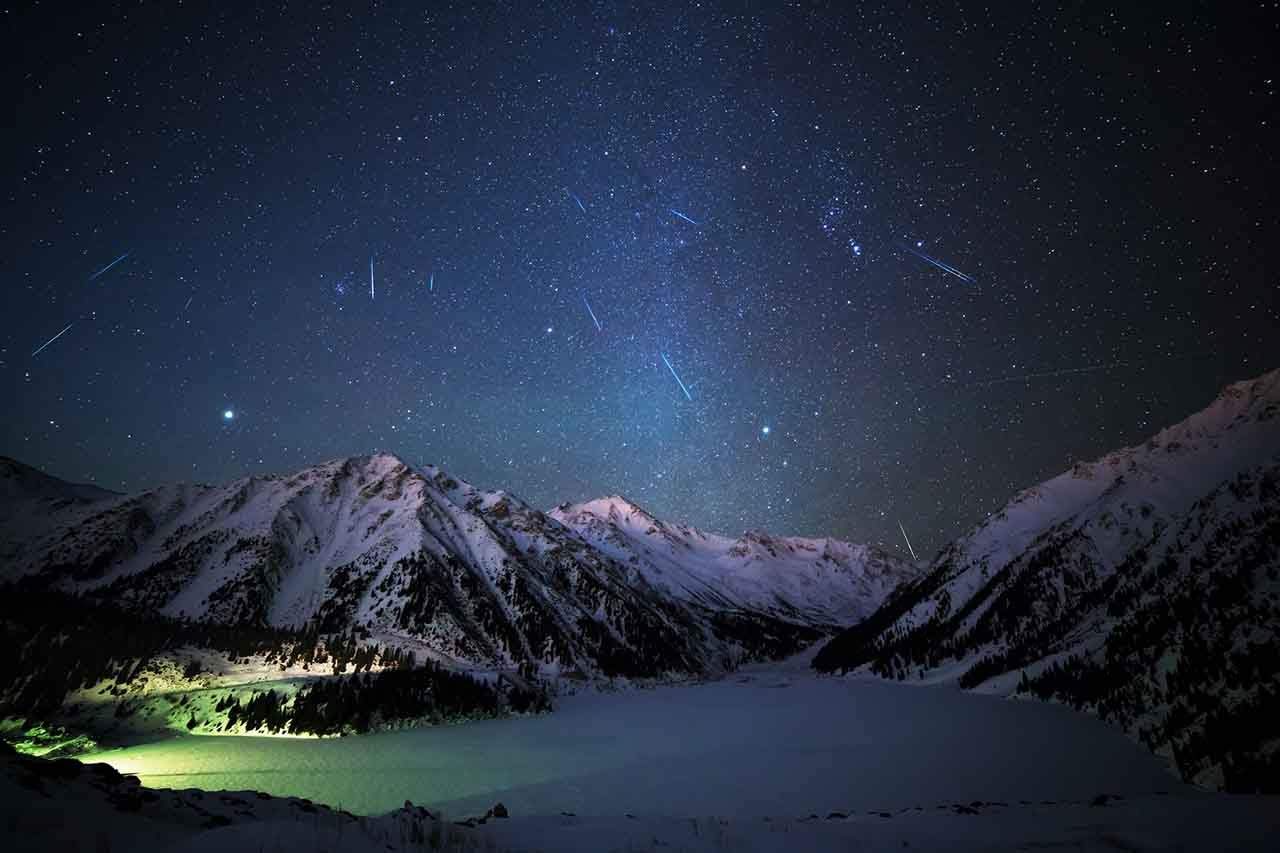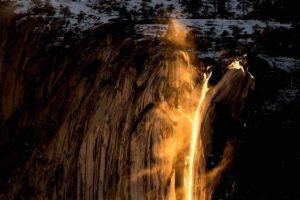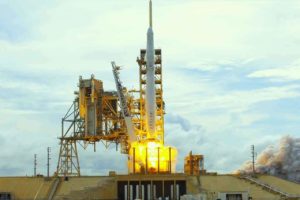Mars was at opposition last month and it could have easily been distinguished from other stars due to its flashy red color. The distance between Earth and Mars may currently be little more than the last month but Mars can still be seen at nights because it is still slightly red unlike any other star in the sky.
There are 2 exceptional celestial events in July other than the new moon and the full moon. One of them cannot be seen from the Earth but it is very important for answering many questions about Jupiter. Nasa’s “Juno” spacecraft will arrive at Jupiter after 400-million-mile, almost 5 years. Even if we wouldn’t be able to see it, it is an exciting event to consider and read about. The other celestial event, on the other hand, is one of the biggest reasons that will make summers magical and unforgettable: Delta Aquarid Meteor Shower.
1. July 4 – New Moon
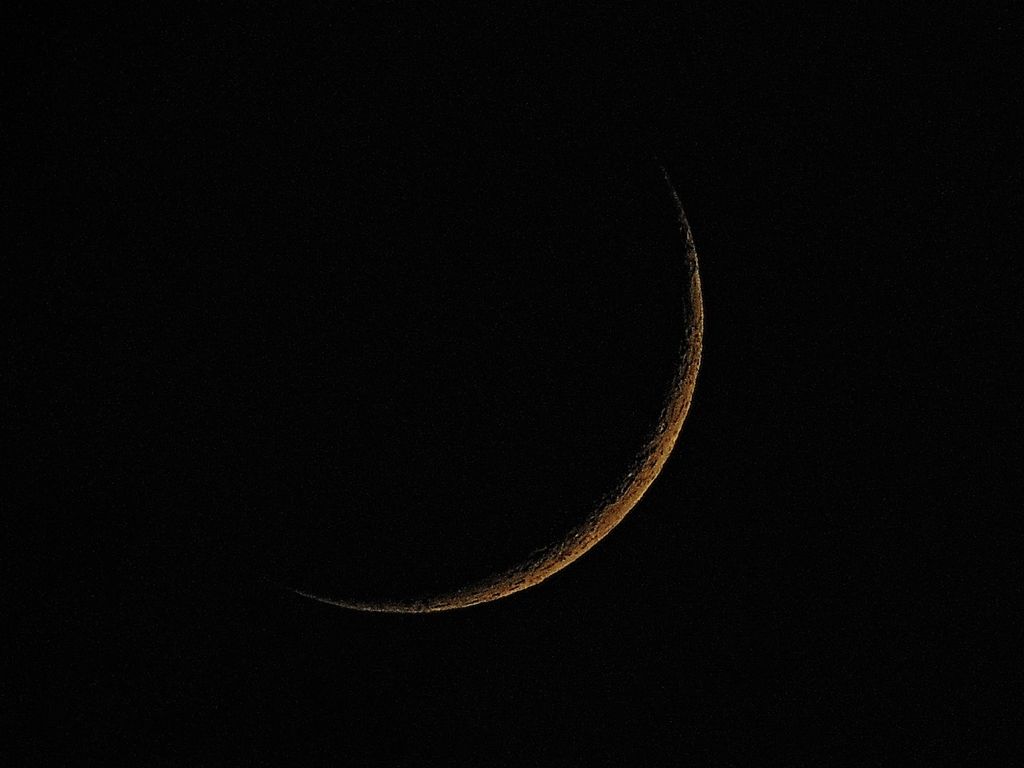
The Moon will be between the Earth and the Sun during the event. Sunlight will illuminate the opposite side of the moon but the side facing the earth will be completely dark. Since there won’t be any moonlight, it is a great opportunity to observe other stars and galaxies during New Moon.
2. July 4 – Juno At Jupiter

This spacecraft was launched from Cape Canaveral Air Force Station, Florida on August 5, 2011. Its main mission is to figure out the origin and the evolution of Jupiter. It will be placed in a polar orbit so it will not land the surface of Jupiter and it is planning to orbit Jupiter 32 times. Juno is scheduled to orbit Jupiter for about 20 months but due to intense radiation and magnetic field, Juno likely can’t hold out longer than that.
Juno is the most distant solar-powered spacecraft ever; it has gone far more into deep space than any other solar-powered probe. It has three huge solar panels and each of them is 30 feet long. These panels are expected to generate 500 watts of power at the orbit.
Here are the pictures of Juno Spacecraft launching with Atlas V Rocket:
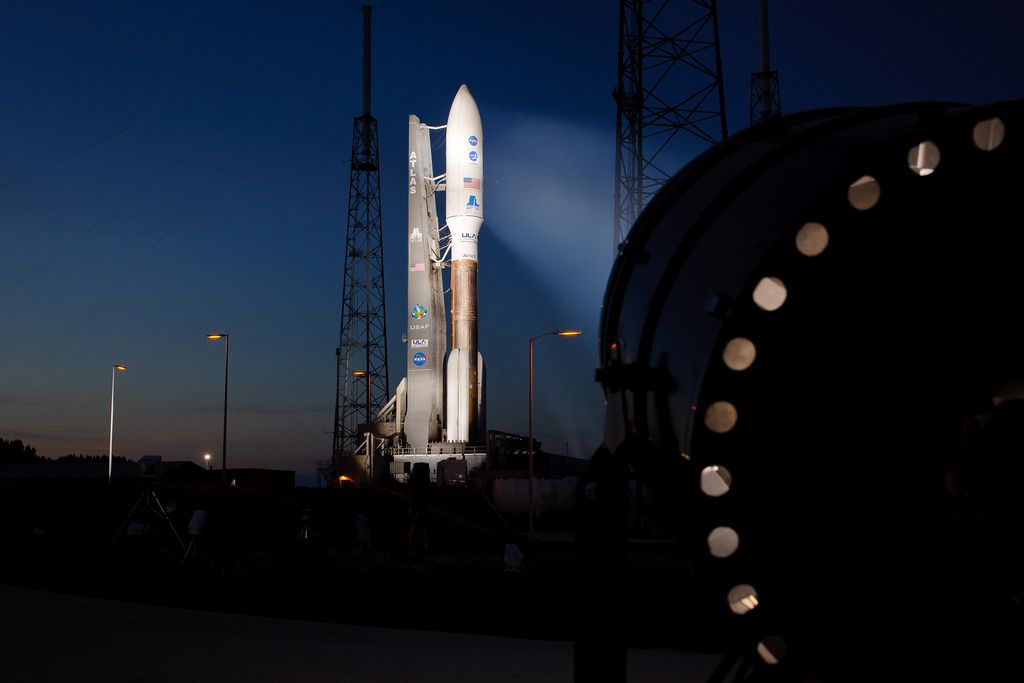
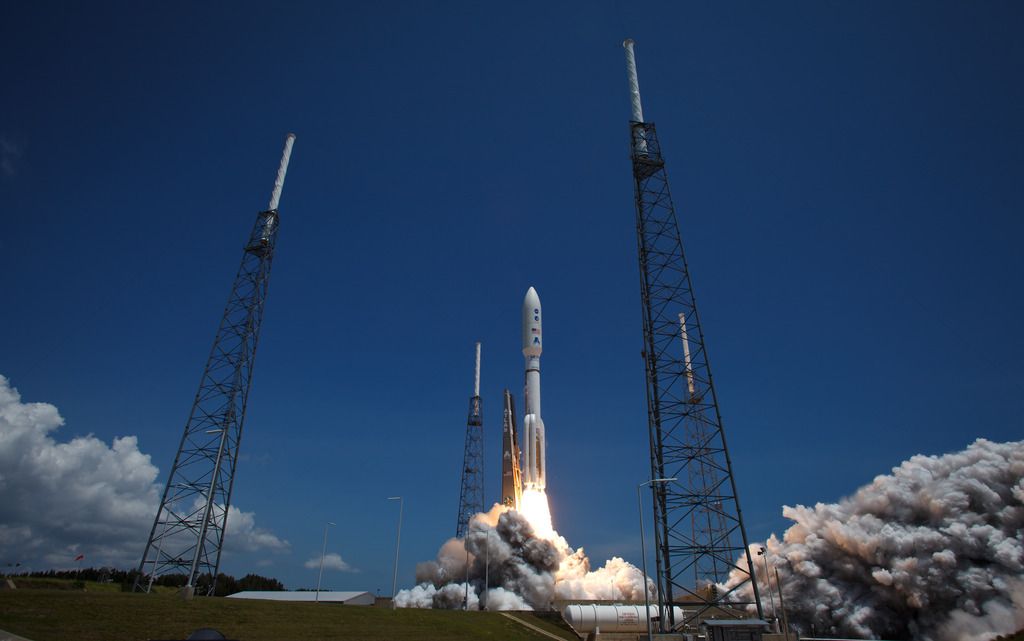
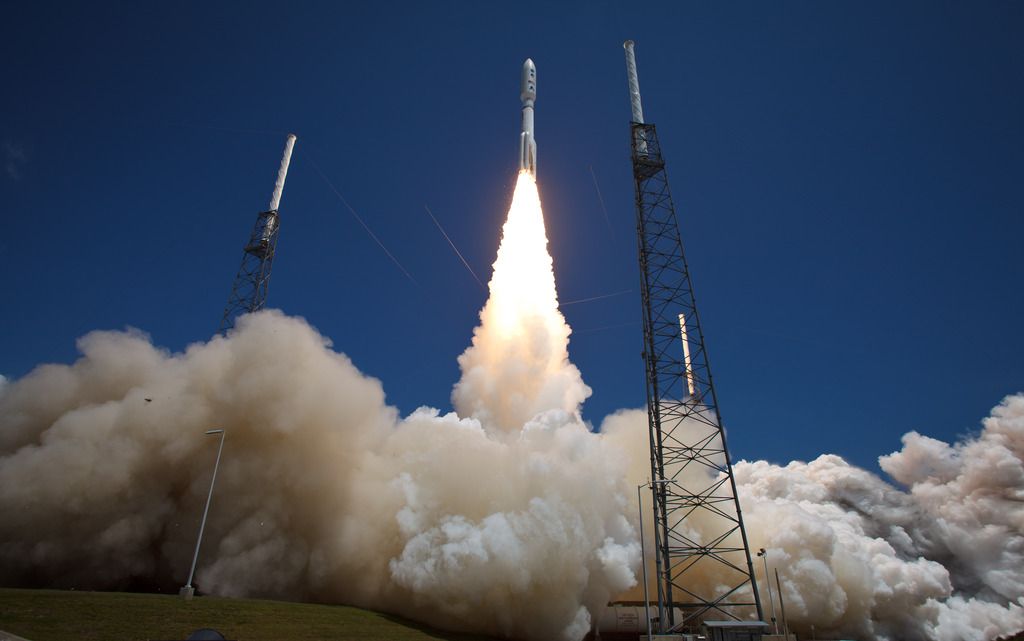
What will happen to that amazing spacecraft after completing its task? It will perform a maneuver that will crash it into Jupiter’s atmosphere intentionally. The reason is possible organisms, microbes or any other life forms that live in the spacecraft. Over the years, scientists realized that Earth bacteria and microbes can be really persistent since some of them can even survive in the deepest points of the ocean. These life organisms can contaminate Jupiter’s moon Europa, which is an ocean-harboring planet like Earth – they are trying not to cause other possible alien life forms any trouble. Still don’t believe in aliens? You might want to reconsider that…
3. July 19 – Full Moon
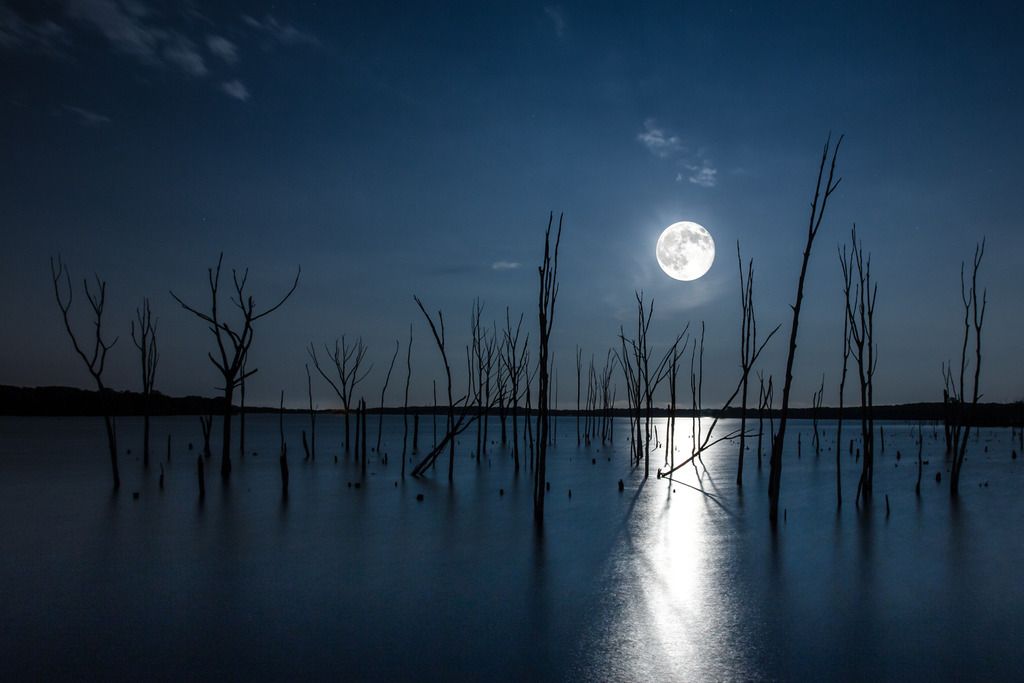
The Earth will be between the Moon and the Sun, half of the moon facing the earth will be fully illuminated. That’s totally a good news if you are a werewolf or something.
4. July 28, 29 – Delta Aquarid Meteor Shower
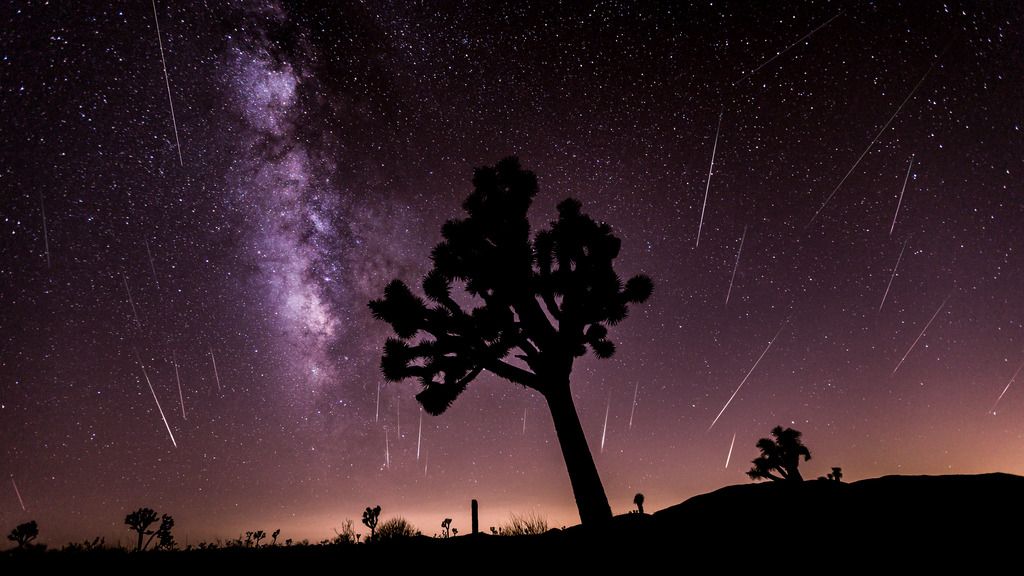
Even if there won’t be a full moon on July 28 and 29, the moonlight will be still bright enough to block most of the fainter meteors on the night of July 28 and morning of July 29. However, all of the meteors wouldn’t be that faint so you can definitely see more of them on these days. Using a telescope may not be the best thing to do because you can cover and observe more space with an unaided eye than observing with a telescope.
Delta Aquarid is produced by debris left behind by comets Marsden and Kracht. The shower runs annually from July 12 to August 23. Even if it will officially begin on July 12, it will peak on July 28 and 29 so if you make a wish after seeing a shooting star, that will be a great opportunity for you will able to see up to 20 meteors per hour at its peak.
The best viewing hours would be after midnight and before dawn, which is around 2 a.m. for all time zones around the world. However, since there will also be the Moon in the sky, it will be a little hard to observe Delta Aquarid from brightly-lit cities. The best place to observe this meteor shower would be a village or somewhere free from disturbing city lights. Delta Aquarid runs annually so if you miss this, you’ll have to wait the whole year to see that amazing night sky event.

